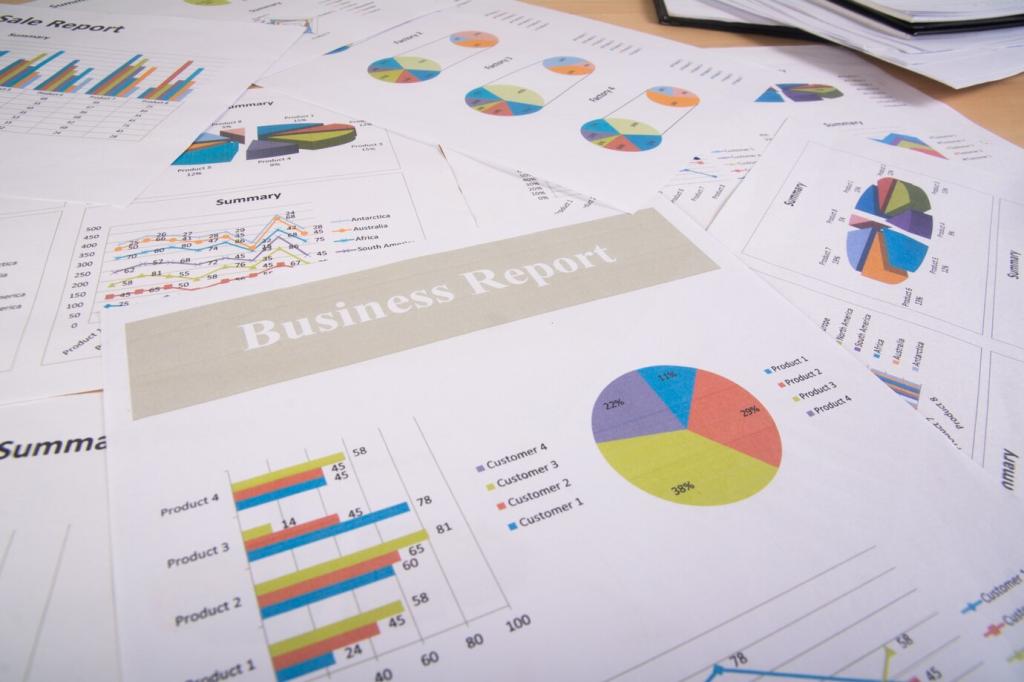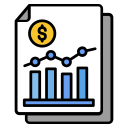The Influence of AI on Economic Journalism Practices
Chosen theme: The Influence of AI on Economic Journalism Practices. Explore how algorithms reshape newsroom routines, elevate analysis, and challenge ethics in the fast-moving world of markets, policy, and data. Share your perspective and subscribe for future deep dives.

From Deadline Pressure to Data-Driven Calm
In one newsroom, a bot drafts first-pass notes on jobs-day releases within seconds, letting reporters focus on context and quotes. The human still decides what matters. Tell us: which tedious task would you automate to reclaim time for deeper reporting?
Verification, Bias, and the New Fact-Checking Playbook
01
Triangulating Numbers Under Deadline
A reporter uses an assistant to extract time series from official releases, then cross-checks with archived PDFs and a second model for anomalies. Discrepancies trigger manual review. Should outlets disclose this process on every data-heavy story? Share your view.
02
Bias Hides in Training Data—and Economic Data
If a model learned from recession-heavy years, it may overweight downturn language. Similarly, economic data can undercount informal labor. Journalists must correct both. What safeguards would you add to keep coverage fair across regions and communities?
03
Radical Transparency as a Trust Builder
Short, consistent disclosures—what tools supported drafting, which datasets were used, where human edits intervened—turn AI from a black box into a visible tool. Would a standardized AI disclosure box improve your trust? Vote in our poll by subscribing.
Speed vs. Depth: Finding the Editorial Equilibrium

Breaking News Without Breaking Rigor
When CPI drops, a template fills with fresh figures, historical baselines, and quick charts. Editors then add caveats about base effects and seasonal quirks. Readers get fast clarity, not reckless speed. Tell us how you prefer CPI coverage: flash, explainer, or both?

Long-Form Analysis, Augmented
For a feature on wage dynamics, a reporter asks AI to map competing theories, surface dissenting research, and generate interview questions. The draft emerges faster, but quotes and synthesis stay human. Would you read a monthly deep dive curated this way?

Guardrails That Save Time Later
Pre-publication checklists—source diversity, model versioning, prompt logs—sound slow, yet they prevent corrections and rebuild trust. What one guardrail should every newsroom adopt tomorrow? Drop your answer, and we’ll compile a community framework.
Visuals, Simulations, and Explainability
Tools now auto-suggest axes, baselines, and comparable series while warning about misleading scales. During a rates story, an alert flagged a truncated y-axis that exaggerated moves. Should visual choices be disclosed in a sidebar for full transparency?
Audience Engagement and Personalization

A reader marked ‘small-business finance’ gets curated credit trend stories, not just generic rates news. Editors still approve topic taxonomies to avoid echo chambers. Would you try a personalized weekly briefing? Tap subscribe and choose your beats.
Skills, Culture, and Policy in the AI Newsroom
Great prompts reflect beat expertise: cite sources, demand counterarguments, and request uncertainty notes. A business desk built a prompt library that lives beside the style guide. Would you like us to publish a starter kit? Subscribe for early access.
Skills, Culture, and Policy in the AI Newsroom
Pair a macro reporter with an engineer to prototype a policy tracker that tags central bank speeches by theme. The result: faster context and fewer clichés. What collaboration would you pilot first in your newsroom or classroom?

